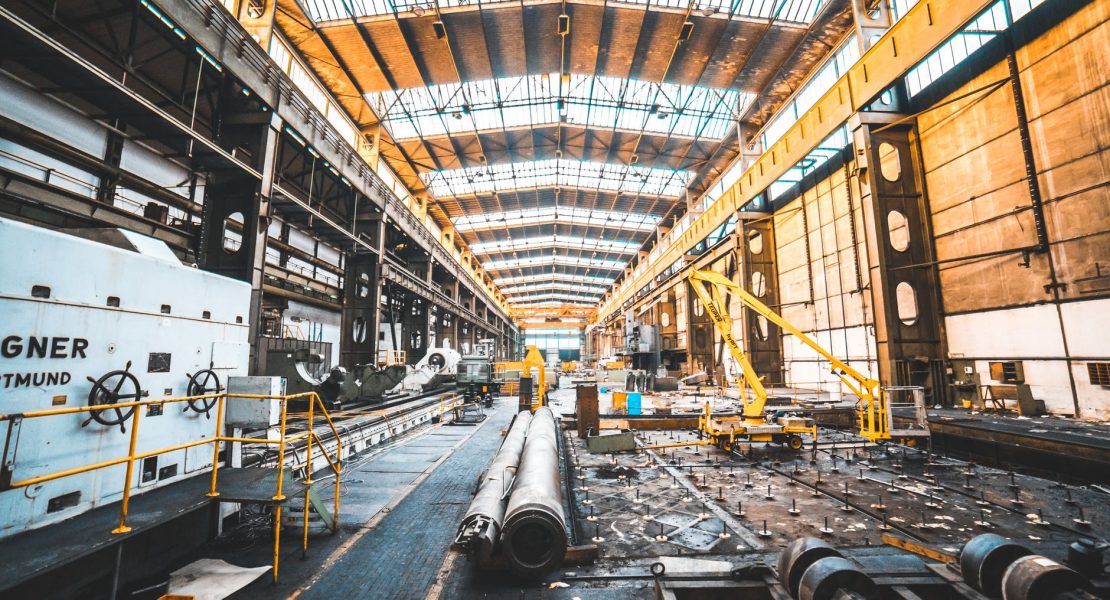Few things in the world of manufacturing are more stressful, require as much organisation, or as expensive as relocating your factory. But for all of its trials and tribulations, moving premises is often beneficial in the long run. Once set up, being in new premises will allow your manufacturing facility to expand, have a greater order capacity, and ultimately, allow the business to grow.
To ensure the relocation goes as smoothly as possible, start planning early. There is a myriad of potential problems and hurdles, and the earlier you start planning, the better prepared you will be for those problems. Here is a handy online guide to relocating your factory for those embarking on this journey for the first time.

Manage Risks
The first stage of any removal plan should be to carry out a risk assessment. Start with an inventory of your machinery and orders, then work out what can be done to minimize disruption to operations and potential damage.
If that means leaving a certain machine until last, then do that. If it means undertaking the move in January after the Christmas rush is over, then plan for that. You should also consider the conditions in the new location. Are there enough power outlets? Ventilation? Does a specific machine have to be placed in a specific place in the new premises for regulatory reasons? These should all be in your initial risk assessment.
Find a Removal Team
You will need to find a competent and effective team to relocate your plant. You will likely need to contact machinery movers to move, store, transport, and reinstall your equipment. But you may also need contractors to modify the new space, an HR team to organize the staff, and union reps to lease with employees.
Equipment Check
Before you start moving equipment, do a full inventory and check the condition of all the equipment in your factory. This is important for several reasons. Firstly, it uncovers any significant mechanical issues that may result in you having to replace the machinery, in which case, there is little point in transporting it to the new facility.
Secondly, it allows you to create a comprehensive list of what damage is already present on your equipment. This way, if anything is damaged in the removal process, you can trace the damage back to its source and hold those responsible to account.
Review the Supply Chain
Even a well-planned and perfectly executed move will create supply chain disruptions. The suppliers may not know the new location, or how to access it, or there could be issues with loading and unloading. Planning ahead and taking measures to mitigate the disruption to the supply chain will minimise the costs associated with relocating your factory.
Testing
Finally, once the move has been carried out and everything is safely in the new location, you will want to test everything to make sure everything is in good working order. Occasionally machines are reassembled incorrectly and pose a threat to workers safety. Be thorough in your testing before operations resume.




